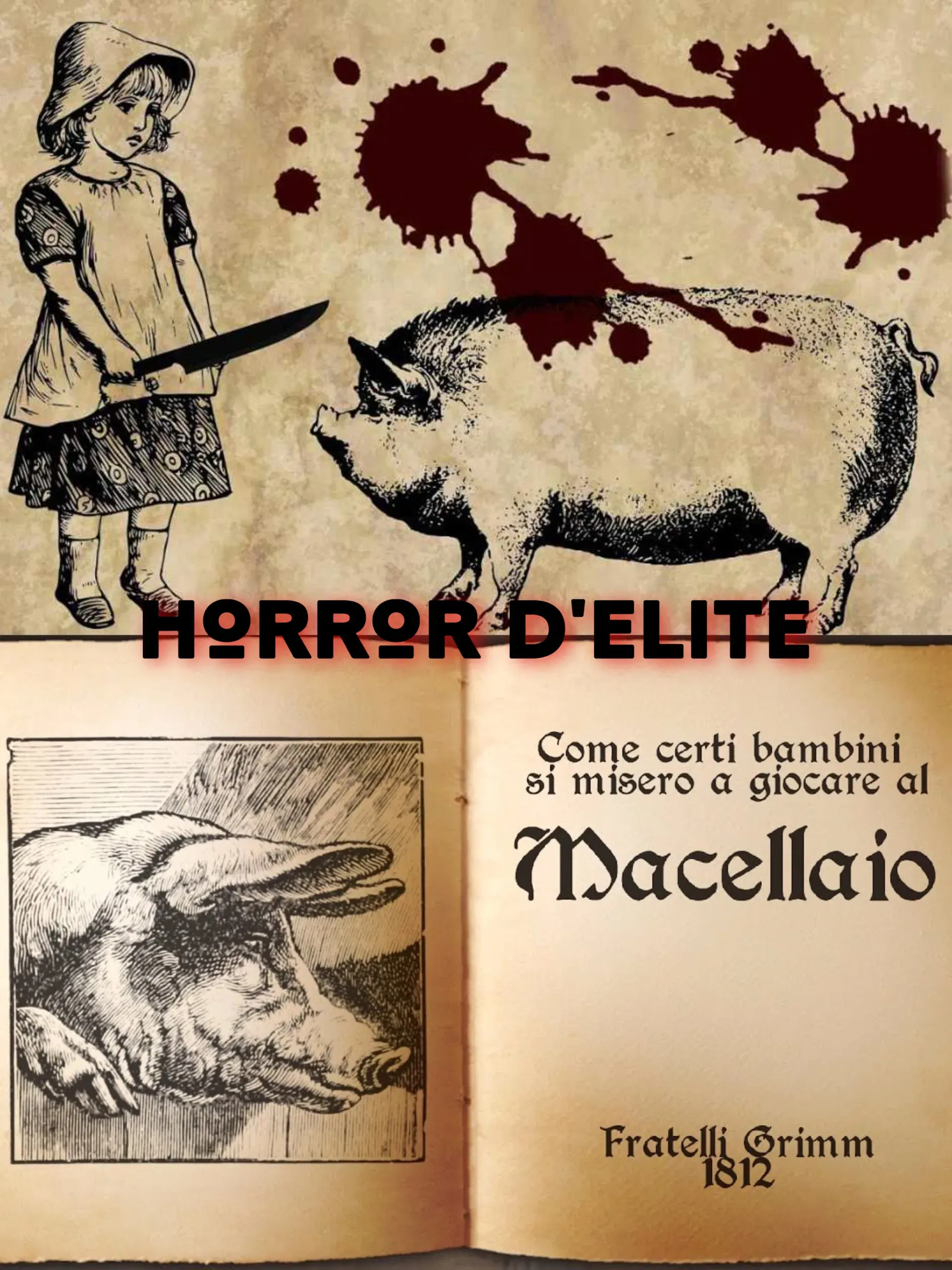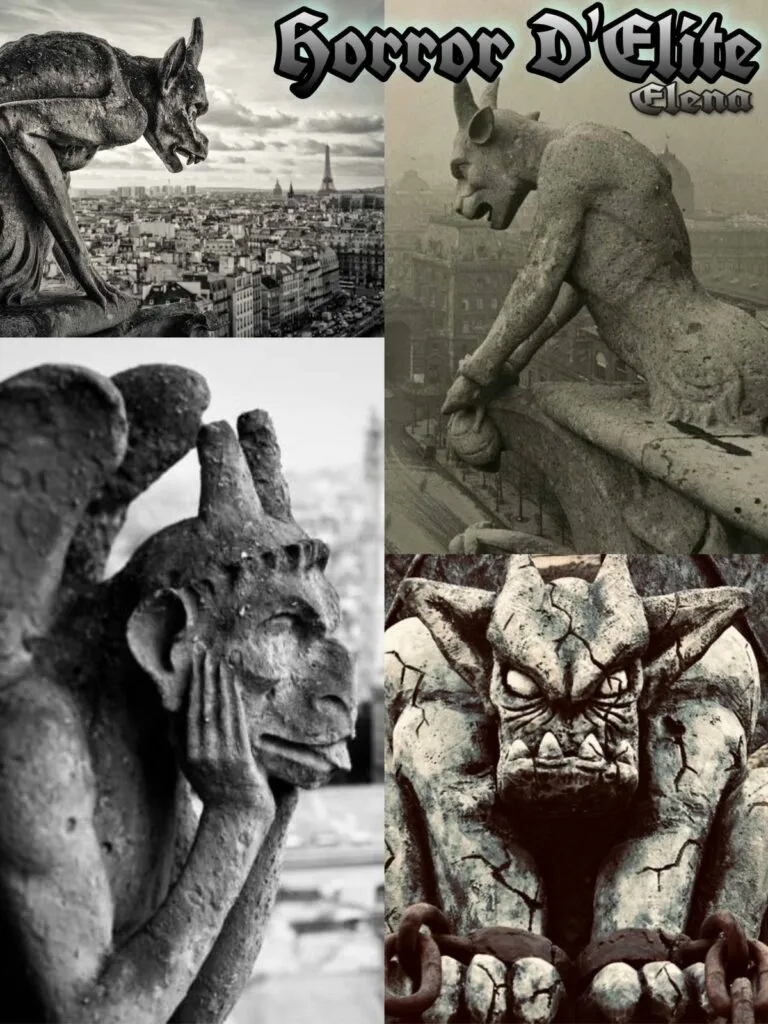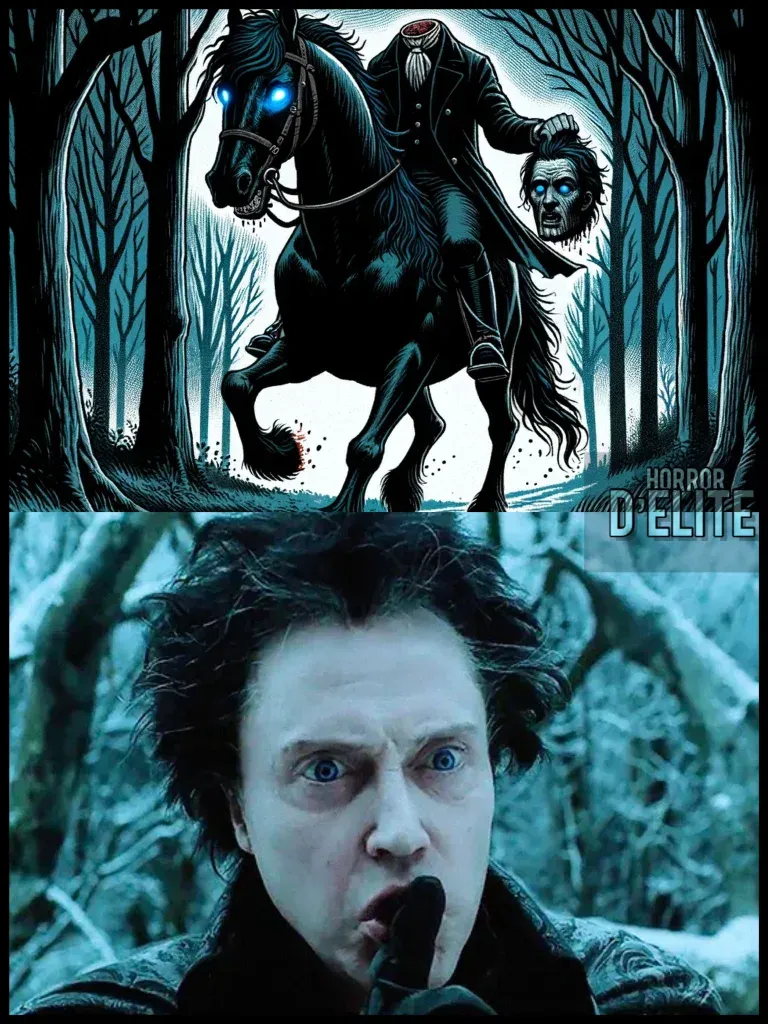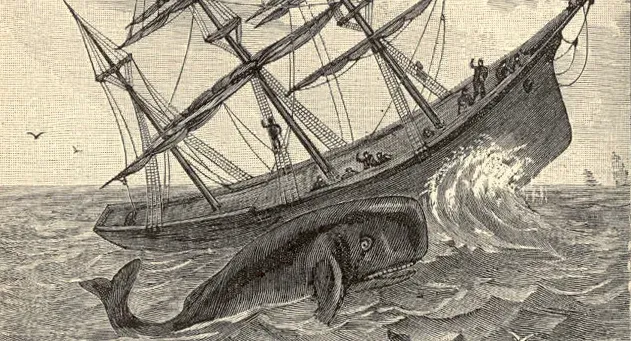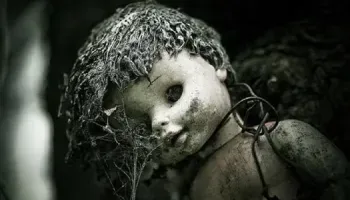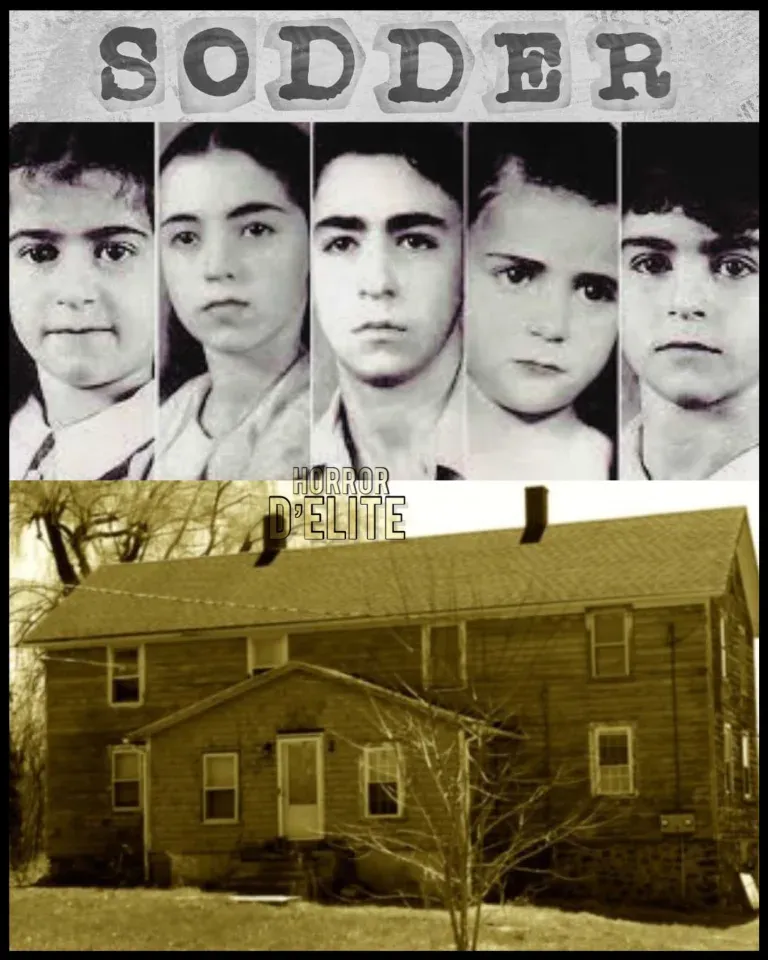Children Playing Butchers
Children Playing Butchers, the Hidden Tale…
The Brothers Grimm are known for creating some of the most fabulous fairy tales in the world, with many of the most famous ones being used by Disney to create the animated films of our childhood.
However, not everyone knows that these fairy tales were extremely macabre and often served to teach harsh lessons.
Disney, of course, softened everything to make it suitable for young viewers…
But if there is one of these tales that did not make history, one that is almost unknown and forgotten, it is the tale: “Wie Kinder Schlachtens miteinander gespielt haben,” which in Italian could be translated to: “How the Children Played Butchers.”
You should know that this fairy tale never reached Italy, and in truth, it never reached the rest of the world either, except in recent times thanks to the internet.
“How the Children Played Butchers,” or “Children Playing Butcher,” is a folk tale that appeared in the very first edition of the Grimm brothers’ fairy tales, dated 1812.
However, it was never reprinted afterward and simply vanished into thin air.
It is said that the reasons for this tale’s disappearance in subsequent versions of the book are attributed to the Grimms themselves: it seems that they were so horrified by the story that they never wanted to republish it.
It is also said that this tale frightened readers of the time so much that even from their perspective, it was considered too much, in poor taste, and simply disgusting.
It is also said that the German writer Achim von Arnim criticized the text as being too cruel for children, as they might have been tempted to emulate the events of the story.
As you can see, there are some historical contradictions regarding why this tale was not included in the new versions.
Why was this believed? What is so terrible about this story? Remember that Grimm’s fairy tales are, in themselves, quite macabre stories.
So it is highly disturbing that even readers of the time considered this story to be in poor taste.
But now, with these premises in mind, let’s delve into the depths of this story. Let’s find out why it was perhaps deemed inappropriate, even discarded forever.
Obviously, unless someone is the lucky owner of the very first edition of the Grimm brothers’ fairy tale book, they must rely on external sources.
Online, on German websites, there is information that can help us understand the much-repudiated plot.
Specifically, there are two versions of the tale: a longer one and a shorter one. Some sources report that they are actually the same tale, just divided into two parts.
Beyond this, by delving into the longer version of the plot, one can begin to understand why the publishers, perhaps even the Grimms themselves, rejected such a work.
The Story of the Children Playing Butchers
The tale tells of a group of children from the town of Franeker in West Frisia. These boys and girls, as the story goes, play together, and at some point, they come up with the idea of pretending to be butchers.
One boy is appointed as the actual butcher, another as the cook, and a third as the pig.
Other children in the group organize themselves accordingly, imagining they need to prepare sausages and other delicacies. The problem, however, is that these children are not pretending: they actually agree to play butchers.
As agreed, the boy designated as the actual butcher grabs the boy designated as “the pig,” pulls him down, and slits his throat with a knife.
The other members of the group continue with the cooking and other preparations as if nothing is wrong, as if everything is normal.
During this carnage, a passing councilor sees the entire scene and is horrified.
He takes the butcher boy and brings him to trial. At the court, in front of a large audience, what the councilor witnessed is explained, but the judge sees that the crime was committed by a mere child.
Perhaps moved by the boy’s age, the judge offers the young butcher two objects: an apple and a coin.
He gives him a choice: if he chooses the apple, he will not be condemned.
If he chooses the coin, he will be hanged in public.
Cleverly, the young butcher takes the apple and is not punished. As you can see, the whole story is strange, enigmatic, unsettling, and grotesque. But even more terrifying is the second version of the tale, much shorter and even more cruel. Since it is so brief, I can write it all out.
The Even More Macabre Version of the Children Playing Butchers
It goes like this: One day, a father butchered a pig, and his children watched.
In the afternoon, they started playing, and one said to his little brother, “You be the piglet, and I’ll be the butcher,” took a large knife, and drove it into his brother’s neck.
The mother, who was upstairs bathing the youngest child in a tub, heard the screams of the child and immediately rushed down. Seeing what had happened, she pulled the knife out of the neck, but in a fit of rage, she stabbed it into the heart of the one who had played the butcher.
Then she ran upstairs to check on the baby in the tub: in the meantime, the baby had drowned. Such was the woman’s despair that she became overwhelmed, ignored the words of comfort from the workers, and hanged herself. Thus, when the husband returned from the field and saw everything, he was so distressed that he soon died as well.”
Now, all of this is truly perplexing. Who knows what the origin of such a story was, and who knows where the Grimms found it. Read in such a superficial manner, it seems to make no sense, almost as if it exists for no reason. The two versions, or the two parts, differ in any potential moral message and are of dubious interpretation. If this fairy tale really frightened readers of the time so much, it could be understandable. Even after centuries, it is still revolting. After all, we know that Grimm’s fairy tales are not known for being idyllic and sweet, but this one, in particular, is highly disturbing.
We can only speculate on the intrinsic meanings behind these strange words. Who knows, maybe the brothers themselves understood the metaphor behind it… and who knows… perhaps that is why they tried to make it disappear into the depths of time and history.
Tell us what you think about children playing butchers…
Iscriviti al nostro canale YouTube

